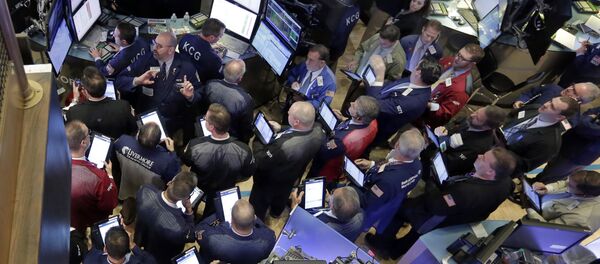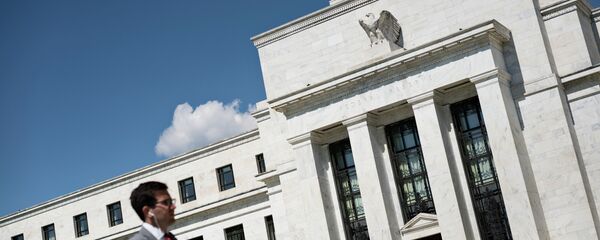According to two separate reports by the US Labor Department and the Department of Commerce released on Friday, gains in the US consumer spending and core price index were too weak in September to support policy change planned by the Fed. At this point, market expectations of a December Fed hike are fading.
Spending on consumer goods added a negligible 0.1% in September, the slowest pace since January compared to the 0.4% rise in August, the Commerce Department reported.
Consensus expectations by observers and market participants were at 0.2% for September, but the actual figure was weaker. Hope for a robust improvement in the US economy are evaporating gradually after the lackluster Q3 GDP growth data, while the October earnings season was also a lackluster amidst the dollar’s strength hitting corporate revenues from overseas operation.
"Today's batch of data releases aren't going to convince the doves to vote for a December rate hike," Paul Ashworth of the Toronto-based Capital Economics said.
Consumer spending, however, rose an annualized 3.2% in Q3 whist the overall economic expansion for the period dropped to 1.5% amidst unfavourable macro factors. Annualized increases in purchases were steadily above 3% this year thus far. It is yet unclear whether the September cooling is an indication the US consumer market might fall below 3% in Q4 or the Christmas holiday season spending would support the yearly trend.
The labor market situation is overall optimistic, with unemployment just above its 1973 low at 5-5.1%. Still, recent weeks in October marked an increase in jobless claims. A revival in the American consumer market will likely take an increase in wages, including the minimum wage, in turn, taking its toll on growth in the broader economy.
Wages, meanwhile, did not increase in September, the worst result in half a year, after a 0.5% rise in August. As a result, overall personal income gained just 0.1% in September, the same as spending.
The US Labor Department reported a quarterly increase in salaries of 0.6% in the July-September period, and an annualized 2.1% increase over the same quarter, unchanged from Q2 figures. The main reason of such a halt is underperforming inflation. The Commerce Department said monthly price gains had dropped 0.1% in September, whilst the annualized growth stood at just 0.2%, down from 0.3% in August. While inflation is far below the Fed target of 2%, any significant changes in monetary policy are unlikely.
The Labor Department also said workforce costs held firm at 2%, which is below the 3% minimum required to spur inflation closer to the Fed target.
While America’s businesses are not confident enough in regard to their own revenues amidst the global spillovers, any rise in spending on labor is unlikely.
All that said, the US government might need to increase its budget spending to support the broader economy before the monetary authorities can afford to harmlessly bring their policies back to normality abandoning their excessive accommodative measures.




